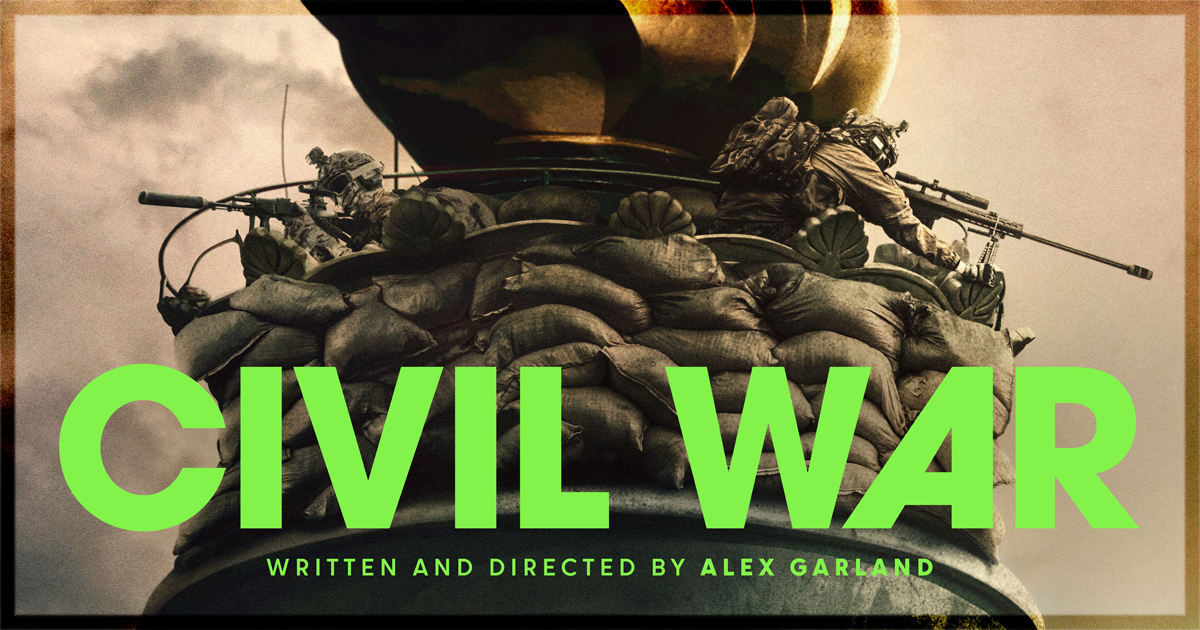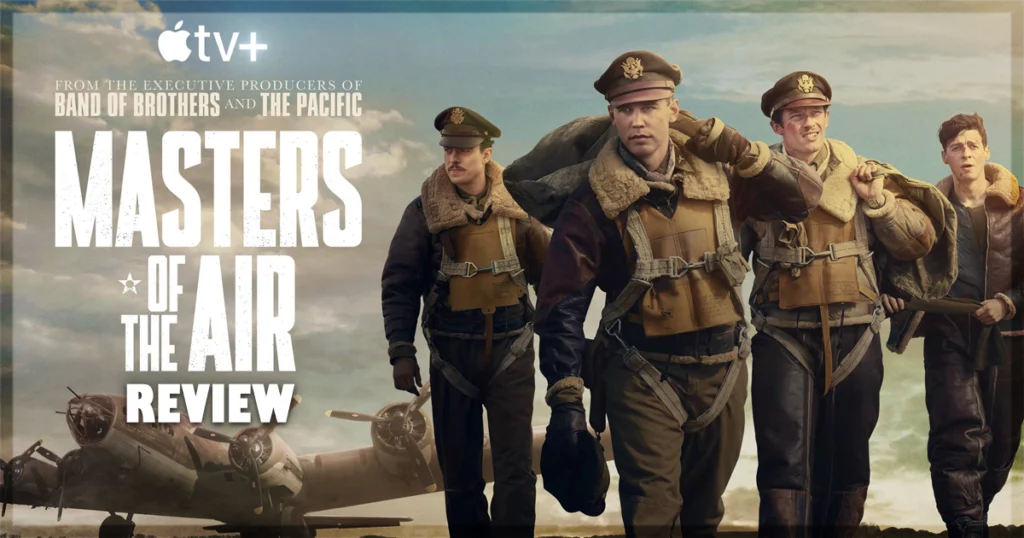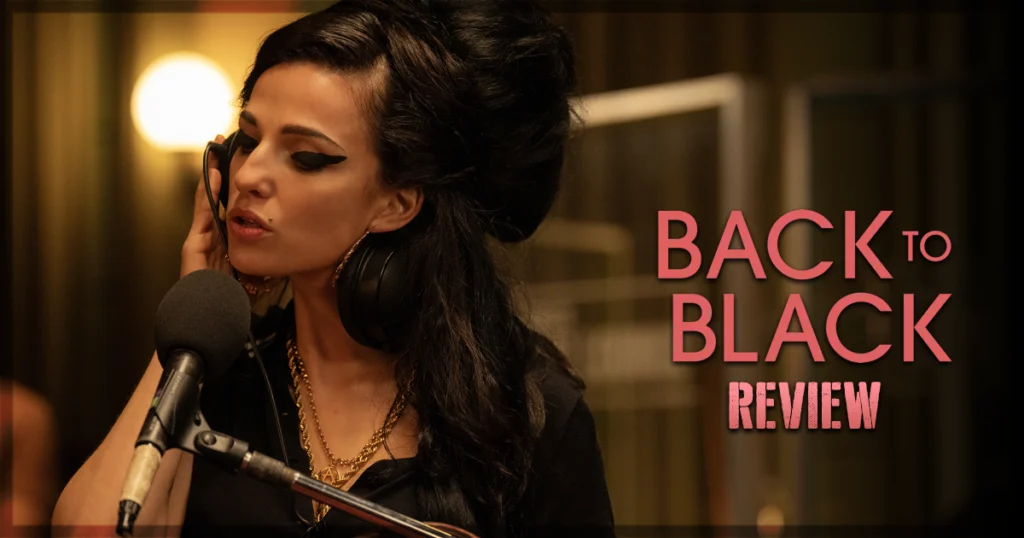Alex Garland has a penchant for mutually assured destruction. His writing and, in recent years, his directing revolve around this theme; the Danny Boyle sci-fi masterpiece and Garland written Sunshine (2006) consists of characters debating the moral repercussions of saving another spaceship at risk of losing humanity; Garland’s Annihilation (2018) climaxes with a symbiotic reflection of the protagonist’s own trauma, mirroring each other until they are no longer there. Garland seems to harbor a nihilistic outlook on the future, and who can blame him for feeling pessimistic about the future? However, as the brutally, piercingly loud Civil War takes on a version of a near-dystopian American future, it becomes clear that Garland is living a sheltered life, the film becoming a toothless delineation of war as it abnegates the politics it weaponizes.
The story of Alex Garland’s Civil War
The genesis for the titular war in Civil War seems to be that the despotic president (Nick Offerman) has allocated himself to a third term while throwing the gauntlet down for people to overthrow him by firing missiles upon the American public. It subtextually invokes a ‘what-if’ on if Donald Trump and his words of incitement that inflamed the January 6th insurrection had succeeded, but it has no insight into any form of answer as to what governmental and hierarchical structures allowed for it to occur.
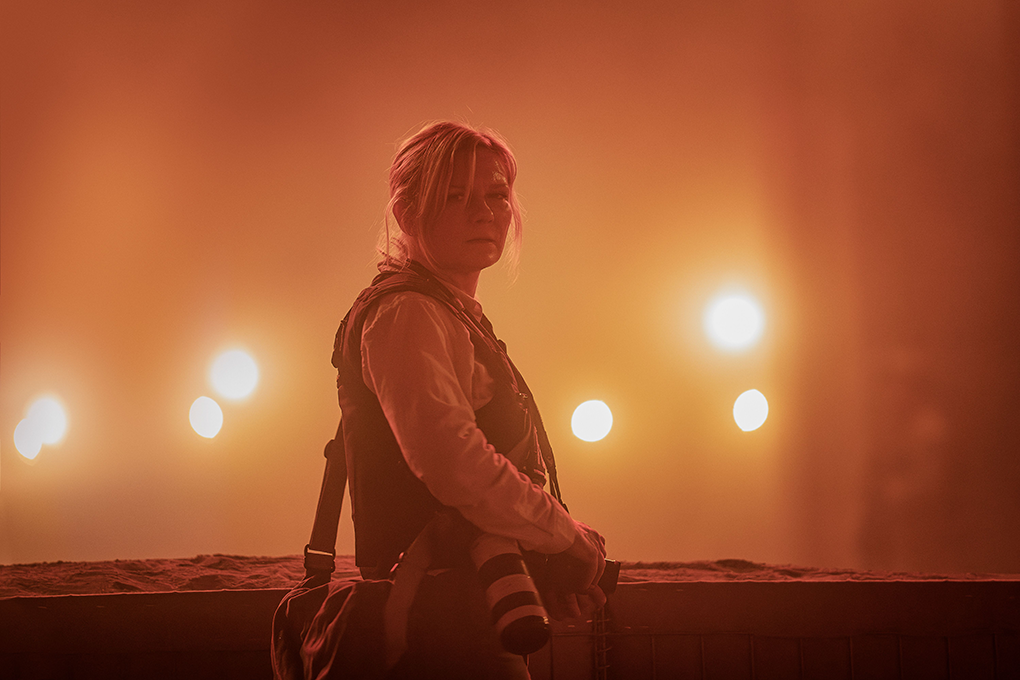
Civil War drops us into the fading embers of a Civil War between factions of the American populous. The country is split into varied and, if the world outside a film reel is the allegorical basis for Garland’s film, highly odd sections of America. Texas and California are the so-called Western Forces (a strange alliance), with Florida as its own separate entity (not so strange), among others who are ill-defined by Garland’s haphazard screenplay.
Indeed, it seems as if his screenplay has nothing to say at first glance, his exposition vague and demanding a level of attention he didn’t give to the script. His characters, journalists attempting to photograph and interview the president who has seemingly spent 14 months behind a military blockade, are surmountable to pawns on a chess board. That they have the power to become arguably stronger pieces is only dependent on the mutual support between them, but ultimately, they rely on the acts of others – the segments of fighters within the war are rooks, knights, etc – so often that they themselves become cogs in the machine that is war.
War photographers and moral malleability
That might very well be Garland’s blunt tool for critical discussion. The film follows weathered, emotionally vacant Reuters journalist Lee (Kirsten Dunst), Jessie (Caillee Spaeny), a spritely young war photographer that has yet to experience the horror she wishes to document, Joel (Wagner Moura), who finds a macabre pleasure in the war he’s found himself in and New York Times writer Sammy (Stephen McKinley Henderson), the wise elder of the group whose instincts are sharp but he remains fearful. This quartet of press traverses across America, photographing the ramifications and impact the civil war has had without moral fortitude.
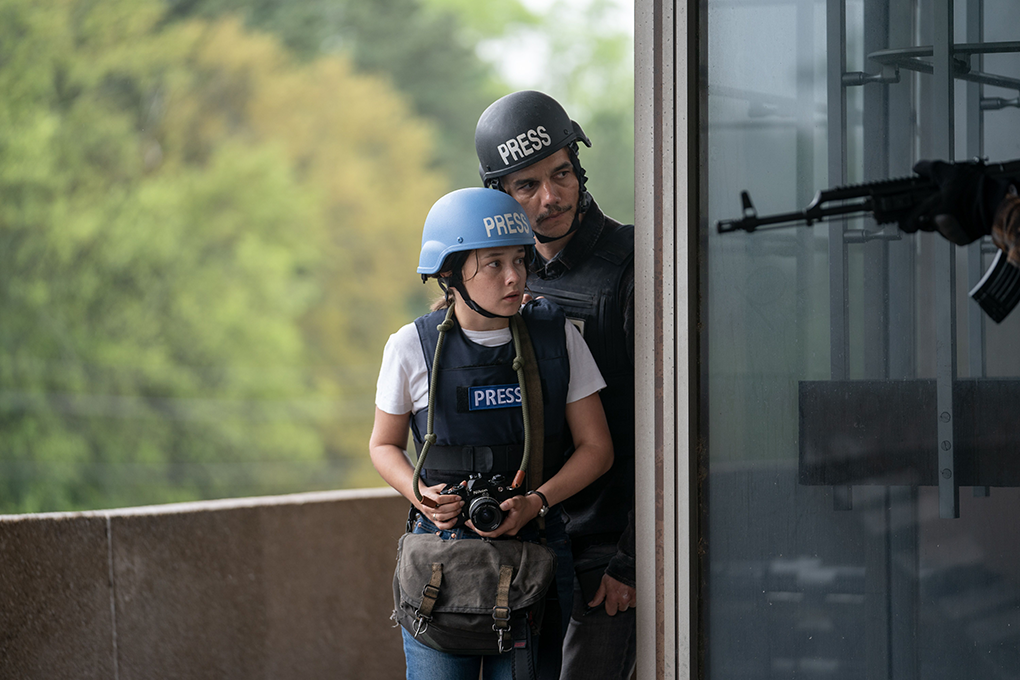
As war photographers, they supposedly have to be politically ambivalent in order to capture both sides of the war. This, it seems, is Garland’s grand idea with Civil War; capturing the war through the literal lens of photographers’ moral malleability and neutrality. That apathy, and the characters occasional arrogance about their press badge allocating them access and guaranteed safety, correlates with the gutless outlook that Civil War has on where its war is set.
But war photographers are not copacetic with ambivalence. There is a power in war photography that this group of photojournalists know and relish. Lee states that her previous experiences with war photography was sending a warning home, but now has become desensitised to it. Each image these photographers capture is inherently subjective, framed in a certain way and Garland is blinkered while attempting to portray these facets of photography.
Indeed, Garland has stated on his press tour that he is not interested in the film’s politics. But remaining so-called ‘apolitical’ (the film is not apolitical; its very fabric is incensed by the inherent politics of war) can not happen when you invoke the semiotics of American politics.
The bombastic finale is set in the White House; it’s not-so-fictional antagonist (who is likened to noted dictator Gadafi at one point) is the president, the ‘ruler of the free world’. The American flag waves vicariously and viciously throughout, being used as a warning symbol for Lee to dive away from an impending suicide bomber and as a hero’s signal for the Western Forces. A supposed ‘both sides’ argument cannot work in a setting so heavily influenced by real events.
Even fictionalized events that Garland’s script references, such as an “Antifa massacre” that Lee photographed early in her career, are loaded with the jargon of current political affairs. The White House acts as the fascist stage for rebels to attack, uncaring of whom they kill regardless of their surrender as the non-descript army commits war crimes. Garland does not care which political side is encroaching on the rights of the other – it is implied the soldiers murdering White House agents are somewhat against fascism – but it relays back to Garland not quite grasping the semblance of power and coercion that exists within American politics and its structures.
A scene halfway through is succinct in dictating this idea of neutrality amongst death-mongering sycophants: a sniper is shooting at the protagonists, unaware and uncaring of their press status. Their attempts to find out who is shooting is met with a garishness, an ambivalent “who cares?” by the soldiers attempting to kill the shooter. In essence, it’s correct. If you are being shot at, it doesn’t matter who is doing the shooting. You will protect yourself. But this cannot work on the scale that Garland wants it to work because the film can’t separate its political ambiguity from the real world. He can not have his cake and also want to see it burnt to the ground. It is the same flimsy, gutless mentality and obsession with optics that prevents the British and American governments from preventing the ongoing Palestinian genocide.
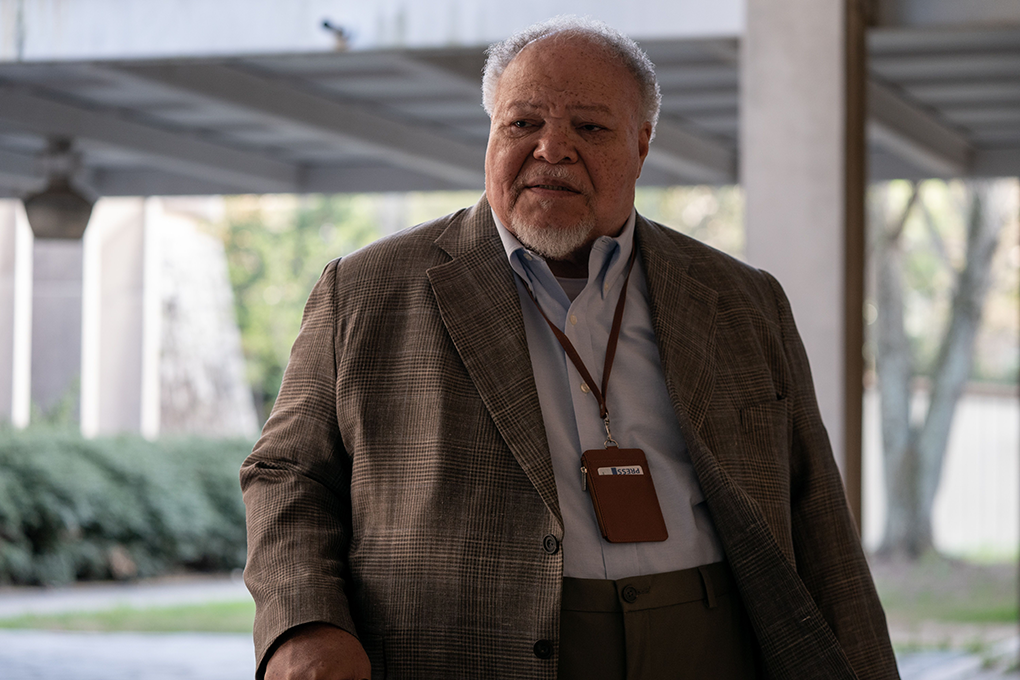
But, to its detriment, it arguably doesn’t care. The film is less about politics and more on war itself as a senseless act of identity-stripping violence. Every character leaves the film morally, physically, and emotionally scarred by the events that occur. No one, not even the timid rookie Jessie, who brings with her an idealistic outlook on Lee’s career and ends a disillusioned victim of tumultuous bloodshed, remains unscathed.
Civil War revels in the aesthetic of war
The provocation of photojournalists losing their moral backbone is an intriguing one. Garland enjoys employing the word ‘shoot’ when his characters are discussing photographing something. It’s deliberately inciting the act of photography and media as weapons used in war. Garland doesn’t seem to be out to shock – his images are harsh while never fueled by emotion – but it feels like he is reveling in the very aesthetic of war he plays with. His juxtaposition of beautiful flowers amidst bloody death, and use of De La Soul’s upbeat ‘Say No Go‘ during a massacre finds itself at war with itself.
What message Garland is stating is then lost in the flurry of this refusal to endorse anything, especially when the aesthetics employed are so entrancing. It is then so cavalier in its destruction that its anti-war point becomes moot. Its slowly developing final image conjures up imagery of criminality, game hunters with their prize lion. But ultimately, the act of looking, and the act of looking away, isn’t dealt with with any refinement, nor is bigotry or homophobia or any number of facets that would indict the militaristic voyeurs.
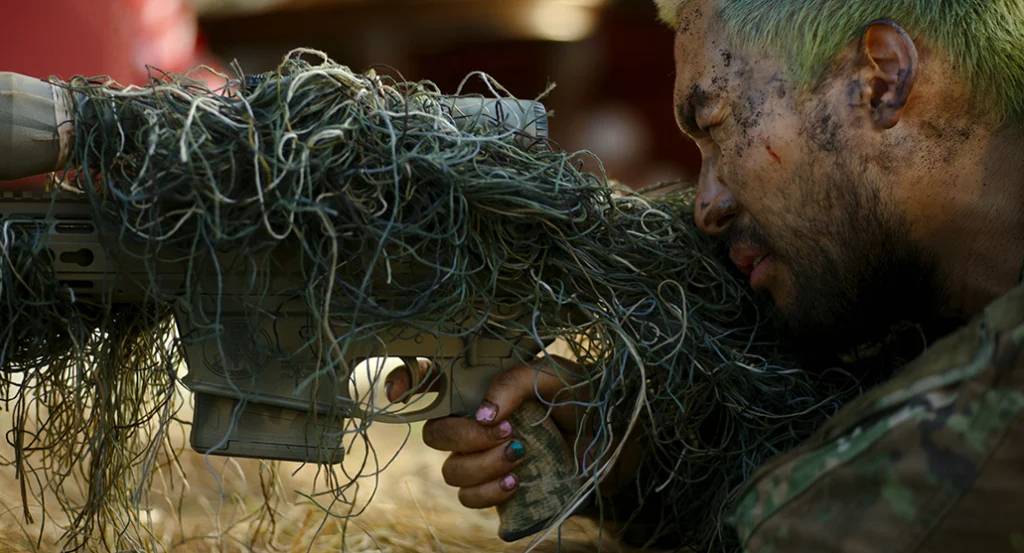
The movie’s imagery is at odds with its empty message
A central scene with a man (Jesse Plemons) dressed in military uniform informs us that racism is still a major component in this faction, but which faction they’re from is not mentioned. In which case, who are we to determine is this person, except, perhaps, a rough and unrealized caricature of a singular American citizen taking the law into their own hands? The shallowness of their presence might be the point, but Garland is misinterpreting a refusal to be opaque and didactic with having enough faith in your audience to understand imagery and semantic interpretations, narrative devices that are barely employed. It is not satirical or subversive enough to merit the mystification around each person’s political alignment.
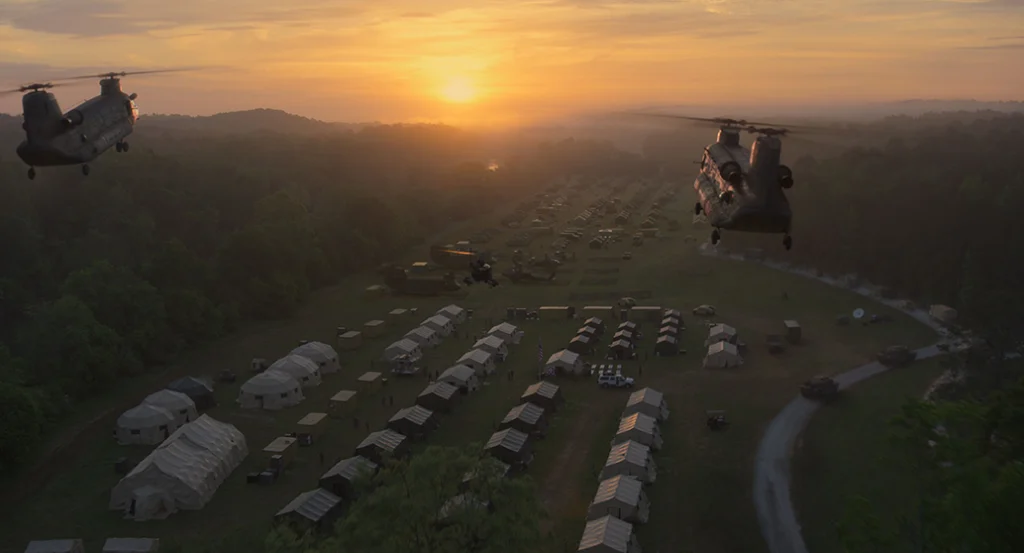
Craft-wise, Civil War is impressive. It has an ear-splitting soundscape and ravishing imagery that is attempting to subvert American action films; as Siddhant Adlakha states in Inverse, “Civil War essentially treats the U.S. the way Hollywood productions have treated Middle Eastern settings for the last few decades.”
But Civil War is an empty an exercise as those films, one that seems to be both against war and emboldened by it. It is devoid of any tact, and its evocative imagery purposefully and naively negates its own ideas on our consumption of media, and it refuses to defile itself with the idea of war photography as propaganda. A poignant film on the effect war has on war journalists and the people of a war-torn country resides in the mayhem, but by refusing to explore the why and how we get to the future shown in Civil War, that film remains locked away.
Civil War is now in theaters.
You might also like…
‘Masters of the Air’ Series Review – Spielberg and Hanks’ new WWII story
‘Back to Black’ Movie Review – A Shallow and Insulting Portrayal of Amy Winehouse
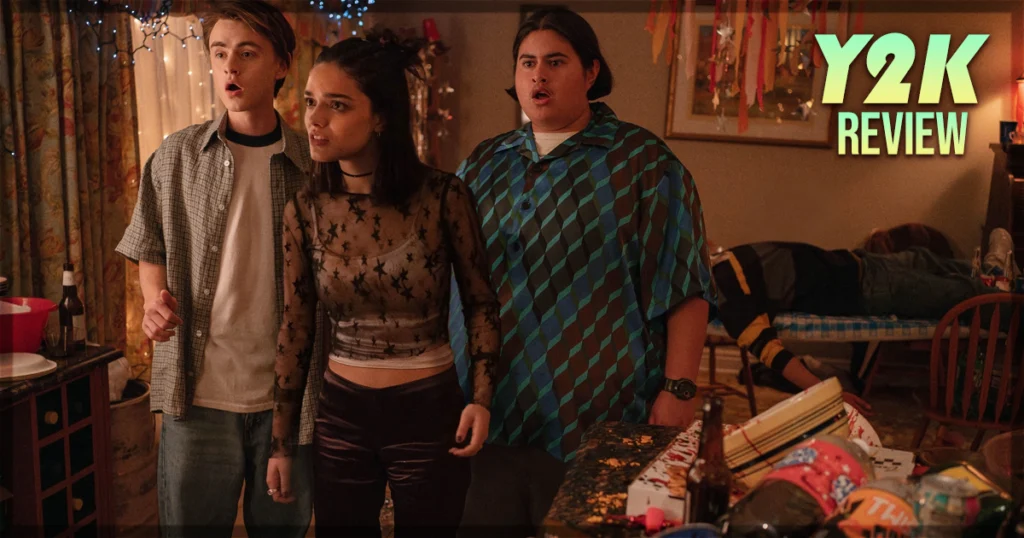
SXSW ‘Y2K’ Movie Review – The End of the World is Going to Be Funny

